The following lesson is taken from SAT Grammar Crammer: Top 12 Rules of SAT Writing. Order your copy today for a complete guide to SAT grammar!
Sentence Fragments and Incomplete Sentences: “But the SAT!”
Ok – this is one of only two or three lessons in my book that actually has to use a few “real” grammar terms. I will make it as painless and quick as possible!
An “independent clause” is a complete idea that can stand on its own. A “dependent clause” is an idea that cannot stand on its own, and must be attached to an “independent clause” to survive.
1. Every independent clause has a subject.
The subject will always be either a: A) Noun (a specific person, place, or thing), B) Pronoun (a word like “he” instead of the noun “Charlie,” or “it” instead of “table”) C) or Gerund (a verb that’s become a noun, like “running” in the sentence “Running is fun”)
EVERY independent clause must have a subject – no exceptions. The subject is the focus of the clause, standing in the spotlight – it’s the most important character, the hero or heroine of our sentence!
2. Every independent clause also has a main verb.
This main verb can be either: A) Something the subject does (“I jump” – it’s what “I,” the subject, do, main verb) B) Something the subject is: a “to be” word that tells what the subject is or is being (“I am tired” – I “am,” main verb)
Get Exclusive SAT Prep Tips!
I want to send you more tips to help your SAT score, but I need your email address to stay in touch. Enter your email below so I can send you my reports on the SAT and other subscriber-only bonuses.
Verbs that follow option B) will all be forms of the word “to be,” such as the words in italics below:
She is, she was, she will be, she has been
I am, I was, I will be, I have been
They are, they were, they will be, they have been
3. Every independent clause expresses a complete idea that can stand on its own.
“I am happy” can stand on its own. “Because I am happy” cannot stand alone.
That’s it! That’s all you need for a complete independent clause – a subject and a main verb that add up to one complete idea.
Now this is important: There’s not anything necessarily wrong with a dependent clause, which will have a subject and main verb but can’t quite stand on its own (like “Because I am happy,”)… But without a strong independent clause to properly attach to, a dependent clause CANNOT stand alone and is incorrect!
Dependent clauses are frequently used to add additional details or explanation. They’re definitely important, they’re just not AS important as Independent Clauses.
Part of your job is to get good at telling what type of clauses you’re dealing with. The way to do that is to get rid of extra details in the sentence that will try to distract you. Let’s try this topic out on the following practice sentence:
“The brown bear jumped from tree to tree.”
What’s the subject and main verb, if they are both present?
Subject: The bear! (If you said “brown” bear, notice that “brown” is just an adjective that gives more details and is not as crucial as the word “bear” itself)
Main verb: Jumped! (the action word that the subject is doing)
Can this idea stand on its own? Sure, it’s a complete thought! This is an independent clause and it stands on its own just fine.
What about this sentence:
“But the SAT is fun.”
What’s the subject and main verb?
Subject: The SAT!
Main Verb: Is!
Can this idea stand on its own? No!
It says “but” the SAT is fun? “But” what??
This thought seems to be contradicting some other idea, so it can’t stand on its own, it needs to connect to something!
We could fix it by connecting it to a complete idea:
“The ACT is boring, but the SAT is fun.”
Ok, so that one was a little obvious.
The way the SAT makes this process more difficult is by adding a lot of extra unessential detail into the sentence. These unessential details usually come with a bunch of commas surrounding them and act like camouflage for a hidden problem – usually, that there’s only a bunch of dependent clauses with no strong, heroic independent clause to support them.
Eliminating extra details is a trick you will use throughout the SAT grammar section on nearly every single question and topic. If you’re not already a pro at this, re-read the lesson on Eliminating Details!
To get the complete text of this SAT Writing and Grammar lesson, along with more than 14 other lessons, two diagnostic tests and over two hundred SAT Writing practice questions, purchase your copy of The Top 12 SAT Writing Grammar Rules today!
Further Reading:
What exactly is on the SAT Writing Test?
SAT Writing Rules: Subject-Verb Agreement
SAT Writing Rules: Comma Splices
SAT Writing Strategies: Eliminating Details
Additional Resources:
SAT Grammar Crammer: Top 12 Rules of SAT Writing (e-Book)
Wait – before you leave today, make sure to sign up for my free SAT prep email list. I’ll send exclusive content to help you prepare for test day – for subscribers only!



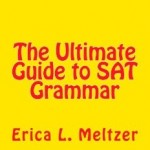


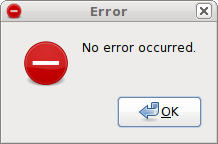

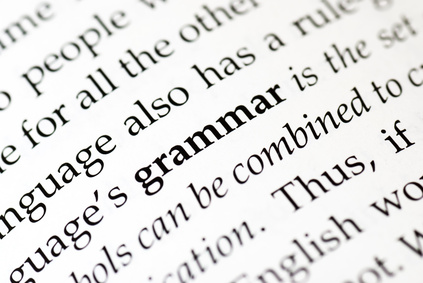

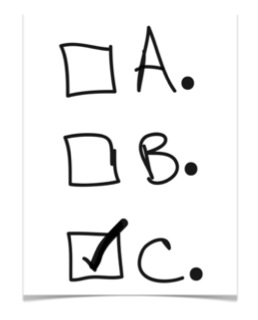


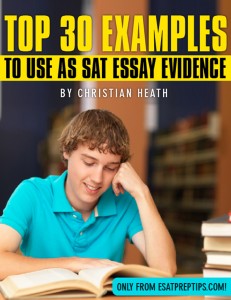


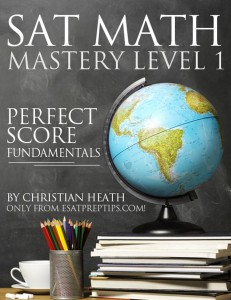

Find Me on Social Media